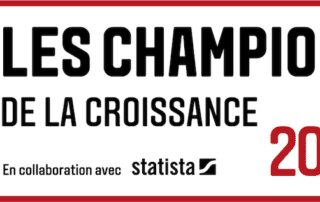Infrastructure automation: 5 key trends CIOs are watching
More than 90% of companies will work with an automation architect by 2025, compared to less than 20% today, according to Gartner. The stakes of infrastructure automation are high for I&O (Infrastructure & Operations) teams. Indeed, more and more organizations, such as large corporations and small and medium-sized companies, are using infrastructure automation based on artificial intelligence (AI or Infrastructure Automation) and machine learning. The advantages are obvious: tasks previously performed manually (installation, configuration, maintenance of the infrastructure) can now be performed by software. This not only saves time, but also reduces errors. It is therefore normal that IT departments are interested in this and are starting to implement such solutions in the information system. It is a question at the heart of the competitiveness of companies. Gartner even popularizes the term hyperautomation, a notion that encompasses the whole trend around automating the entire organization, beyond the IT infrastructure. When it comes to IT infrastructure, there are several ways to implement an automation strategy. The Gartner study highlights the ones that inspire "the most confidence": VMware [...]







